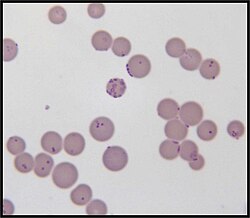Classes

- "Ca. Lambdaproteobacteria" Anantharaman et al. 2016
- "Ca. Muproteobacteria" Anantharaman et al. 2016
- "Ca. Zetaproteobacteria" Emerson et al. 2007 [10]
This is a list of taxa with Candidatus status. For taxa not covered by this list, see also:


Unless otherwise noted (♦), these entries are from LPSN. [10]








{{cite journal}}: CS1 maint: multiple names: authors list (link){{cite journal}}: CS1 maint: multiple names: authors list (link){{cite journal}}: External link in |title={{cite journal}}: CS1 maint: multiple names: authors list (link){{cite journal}}: CS1 maint: multiple names: authors list (link): "We isolated three rickettsial strains, and genetic analysis demonstrated that these strains represent a probable new species, provisionally called Candidatus Rickettsia senegalensis here."